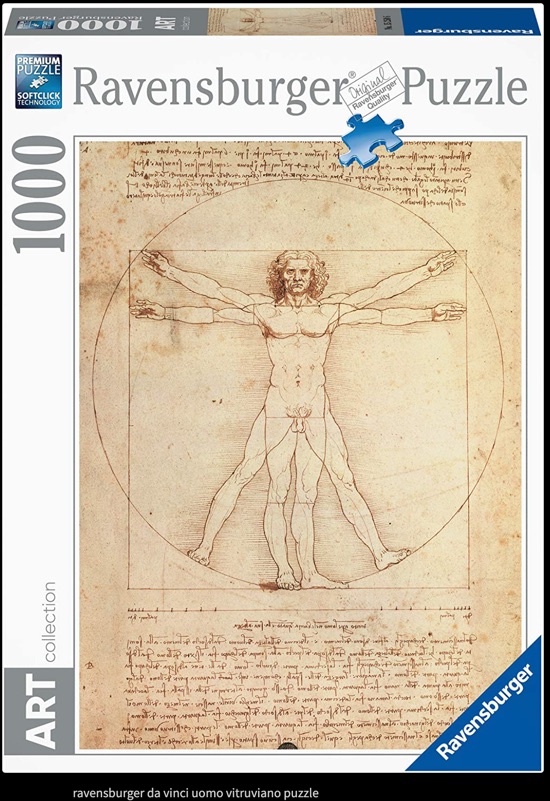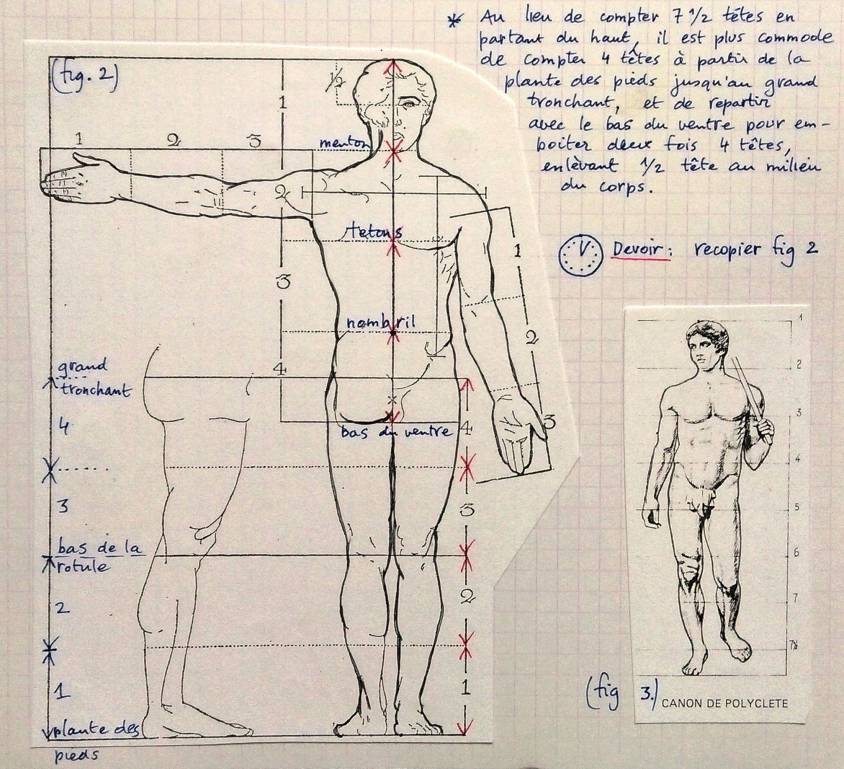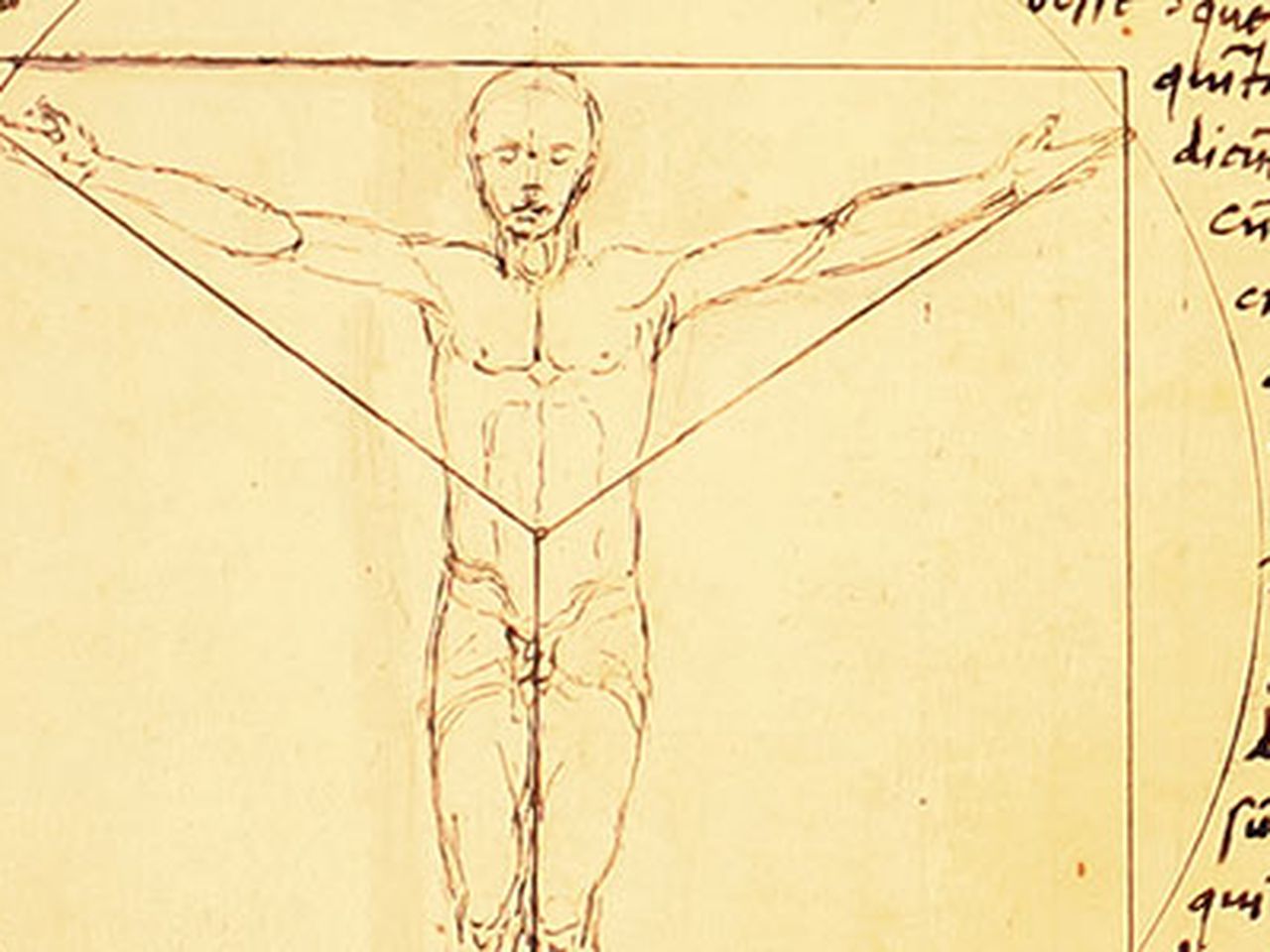The Real Meaning Behind the Vitruvian Man has captivated audiences for centuries, serving as a profound symbol of Renaissance innovation and human potential. Created by Leonardo da Vinci around 1490, this iconic drawing is not merely an anatomical study but a multifaceted representation of harmony, proportion, and the intersection of art, science, and philosophy. In this article, we explore
The Real Meaning Behind the Vitruvian Man has captivated audiences for centuries, serving as a profound symbol of Renaissance innovation and human potential. Created by Leonardo da Vinci around 1490, this iconic drawing is not merely an anatomical study but a multifaceted representation of harmony, proportion, and the intersection of art, science, and philosophy. In this article, we explore the underlying themes of the Vitruvian Man, its historical context, and its lasting impact on art and science.
The Historical Context of the Vitruvian Man

To fully grasp the significance of the Vitruvian Man, it is essential to delve into the historical backdrop against which it was created. The Renaissance period marked a rebirth of interest in classical antiquity, science, and the human form. Da Vinci’s work reflects these broader cultural shifts.
The Renaissance: A Time of Rebirth
The Renaissance, spanning from the 14th to the 17th century, was characterized by a renewed interest in the arts and sciences inspired by ancient Greek and Roman thought. Intellectuals sought to revive classical learning, emphasizing humanism—the study of human values and experiences.
This era saw remarkable advancements in various fields, including painting, sculpture, architecture, literature, and science. Figures such as Michelangelo, Galileo, and Copernicus emerged, laying the groundwork for modern knowledge and artistic expression. Da Vinci himself epitomized the Renaissance ideal of the “universal man,” excelling in multiple disciplines from painting to anatomy, reflecting a thirst for knowledge and understanding.
Vitruvius and Ancient Wisdom
The inspiration for the Vitruvian Man can be traced back to the ancient Roman architect Vitruvius, who wrote a treatise called De Architectura. In this text, he emphasized the importance of proportion in architecture and believed that a well-proportioned human body could serve as a model for creating structures.
Vitruvius outlined several key principles that linked human proportions with architectural design. Da Vinci’s illustration bridges these two domains, showcasing how the human figure can embody both beauty and mathematical precision. This connection between human anatomy and architecture underscores the idea that the natural world can provide valuable insights into art and design.
The Marriage of Art and Science
The Vitruvian Man embodies the synergy between art and science that defined the Renaissance. Leonardo da Vinci meticulously studied the human body, conducting dissections and employing geometric principles to ensure accuracy. His exploration of anatomy went beyond mere representation; it revealed the intricate relationship between form and function.
This marriage of disciplines allowed Da Vinci to create a visual narrative that speaks to the essence of humanity—a creature capable of reasoning, feeling, and understanding its place in the cosmos. The Vitruvian Man transcends traditional boundaries, inviting viewers to reflect on the interconnectedness of all things.
The Anatomy of Proportion

At its core, the Vitruvian Man is a study of proportion, encapsulating the belief that human beings are the measure of all things. This emphasis on proportion extends beyond physical measurements, delving into philosophical and spiritual realms.
Golden Ratio: The Pursuit of Perfection
One of the most captivating aspects of the Vitruvian Man is its alignment with the Golden Ratio, a mathematical ratio commonly found in nature that is often associated with aesthetics and beauty. The Golden Ratio, approximately 1.618, reveals itself in various forms, from the arrangement of leaves on a stem to the spiral of seashells.
Da Vinci’s employment of this ratio in his depiction of the human figure signifies the pursuit of perfection. By aligning the human body with this ratio, he suggests that there is an inherent beauty in natural proportion. The Vitruvian Man serves as a reminder that humanity can aspire to reach higher ideals through balance and harmony.
Symbolism of the Circle and Square
In the Vitruvian Man, Da Vinci places the human figure within both a circle and a square. The circle represents the heavens, the spiritual realm, while the square symbolizes the earthly domain. This juxtaposition illustrates the idea of duality—the coexistence of the physical and metaphysical.
The figure’s outstretched limbs signify human potential, suggesting that individuals are capable of transcending their limitations. This symbolism invites contemplation on the greater purpose of humanity and our role in the universe, encouraging us to seek unity with both the divine and the material world.
Humanism and Individuality
The Vitruvian Man also embodies the humanist principles that flourished during the Renaissance. Instead of viewing humanity as a mere subject of divine focus, thinkers like Da Vinci celebrated individualism and the unique capabilities of each person.
This shift in perspective encouraged a deeper appreciation for the human experience, highlighting the importance of self-discovery and personal growth. The Vitruvian Man stands as a testament to the belief that every individual possesses inherent worth and potential, calling upon each of us to embrace our journey toward realization and enlightenment.
The Lasting Impact of the Vitruvian Man

The influence of the Vitruvian Man extends far beyond its creation, shaping artistic, scientific, and philosophical landscapes across centuries. Its legacy continues to inspire generations in various fields.
An Icon of Artistic Expression
As one of the most revered works of art, the Vitruvian Man has become an enduring symbol of creativity and ingenuity. Artists throughout history have drawn inspiration from Da Vinci’s approach to human anatomy and proportion, using similar techniques to enhance their own works.
The Vitruvian Man’s image has been reproduced in countless forms, from paintings to sculptures to modern design elements. It serves as a reminder of the beauty that can arise from the study of the human form, urging artists to remain curious and dedicated in their pursuits.
Influence on Science and Medicine
Beyond the realm of art, the Vitruvian Man has had a significant impact on scientific inquiry and medical understanding. Da Vinci’s meticulous studies of anatomy paved the way for future anatomists and physicians, inspiring innovations in medical education and practice.
His drawings synthesized empirical observation with artistic representation, setting a benchmark for anatomical accuracy that would resonate through subsequent centuries. The Vitruvian Man challenged notions of the human body and its functions, fostering a new wave of exploration into the intricacies of health and physiology.
Philosophical Reflections
The philosophical implications of the Vitruvian Man continue to resonate in contemporary discussions about identity and existence. It prompts us to ponder questions about what it means to be human and the interplay between our physical forms and our inner selves.
This artwork serves as a catalyst for dialogue surrounding ethics, spirituality, and the quest for meaning. As humanity navigates complexities in modern life, the Vitruvian Man remains a powerful emblem of our enduring search for knowledge and understanding.
Conclusion

The Vitruvian Man stands as a timeless masterpiece, representing the union of art, science, and philosophy during the Renaissance. Through its portrayal of human proportion, it encapsulates the belief in the innate potential of individuals and the harmony achievable in understanding the world around us. Da Vinci’s masterpiece invites us to reflect on the complexity of human existence and inspires us to embrace our journey of discovery and growth. The Vitruvian Man is not just a drawing; it is an invitation to explore the depths of our humanity and the possibilities that lie ahead.

GIPHY App Key not set. Please check settings